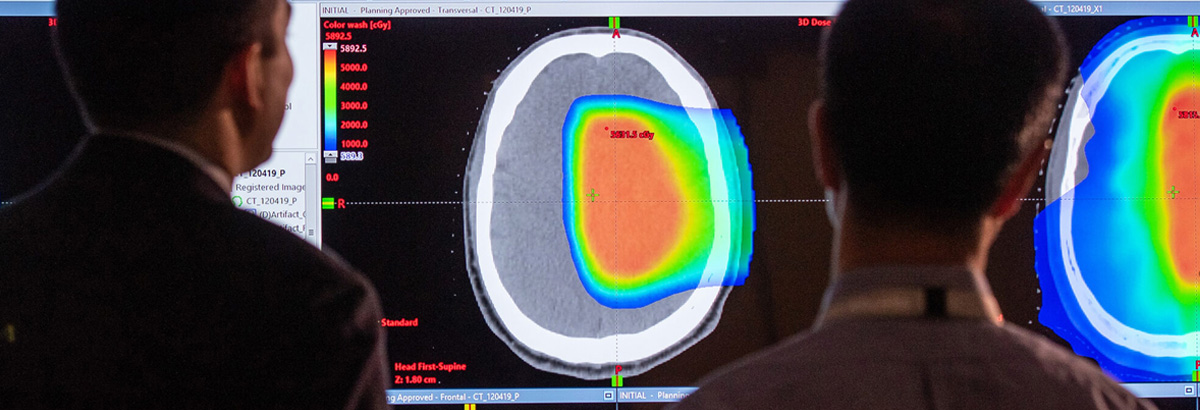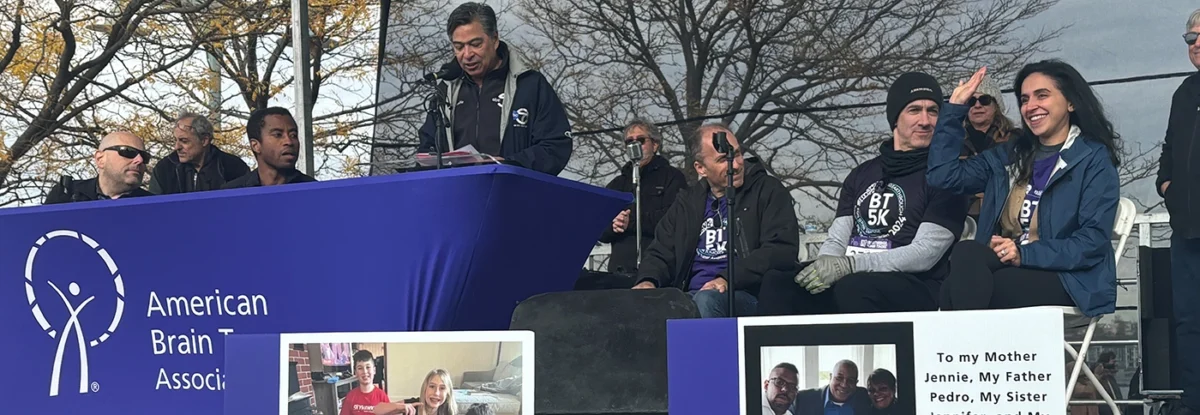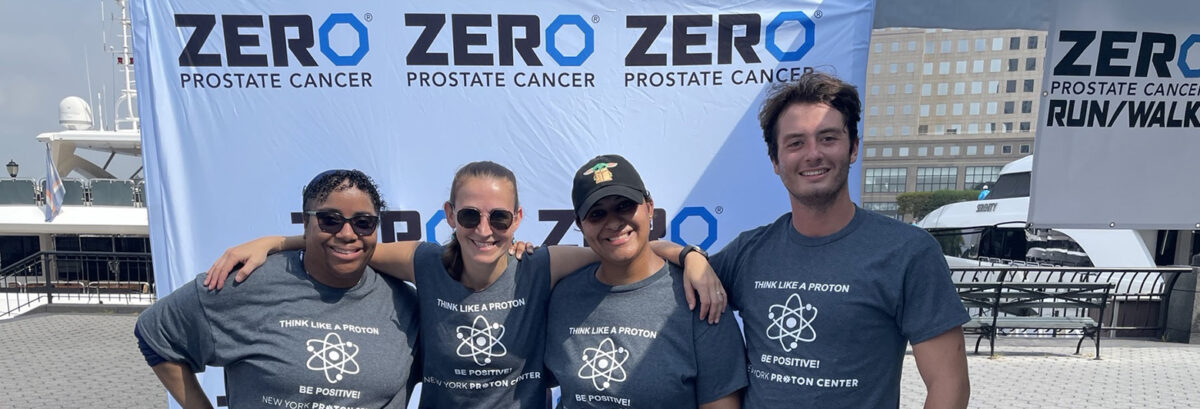PTCOG 61 Research Highlight: Benefits of Proton Reirradiation
The New York Proton Center recently took a leading part in the annual PTCOG (Particle Therapy Co-Operative Group) meeting in Madrid, Spain. Many of NYPC’s radiation oncologists and medical physicists gave talks on a wide variety of topics and had presentations on their research. Among them was Chief Medical Officer Dr. Charles B. Simone, II, who leveraged some of his latest industry-leading research to host a number of sessions and give keynote and plenary session talks on proton therapy reirradiation.
Reducing the Risks of Cumulative Toxicity
Reirradiation is an excellent option for many patients whose cancer returns or progresses after initial radiation treatment. Proton therapy, an advanced form of radiation treatment with unique properties, has proven to be highly suitable for treating recurrent cancer, and it enables precise targeting of tumors while better minimizing damage to surrounding healthy tissues.
Proton therapy sets itself apart from conventional radiation therapy by delivering maximum radiation directly to the tumor while sparing healthy tissues beyond the target area. This precision is especially advantageous in reirradiation cases where tumors may be located near critical structures that have already been exposed to radiation during their initial treatment course. For patients who have undergone previous radiation therapy, proton therapy often offers patients their only chance of cure while reducing the risks of cumulative toxicity.
Spearheading Research in Proton Therapy Reirradiation
The New York Proton Center has a significant focus on recurrent cancer, with 43% of patients receiving reirradiation, in contrast to the national average of 11% among other U.S. proton centers. NYPC specializes in reirradiation for various recurrent cancers, including colorectal and other gastrointestinal cancers, breast cancer, lung and other thoracic cancers, prostate cancer, head and neck cancers, brain tumors, and sarcomas. The Center has been at the forefront of proton therapy reirradiation research, spearheading numerous studies, including the most comprehensive reirradiation clinical trial to date.
Reirradiation with proton therapy offers hope and the potential for long-term tumor control, even when other treatment options have been exhausted. Proton therapy plays a leading role in reirradiation, offering unparalleled outcomes. Its ability to precisely target tumors and spare healthy tissues makes it an invaluable tool in the fight against cancer and a game-changer for patients with who experience a cancer recurrence. As the medical field continues to advance, proton therapy is expected to play an increasingly vital role in the comprehensive care of cancer patients, particularly those in need of reirradiation. NYPC is committed to raising public awareness of the immense benefits of proton therapy and aims to further research around proton therapy reirradiation to ensure it becomes more accessible to all who could benefit from it.




